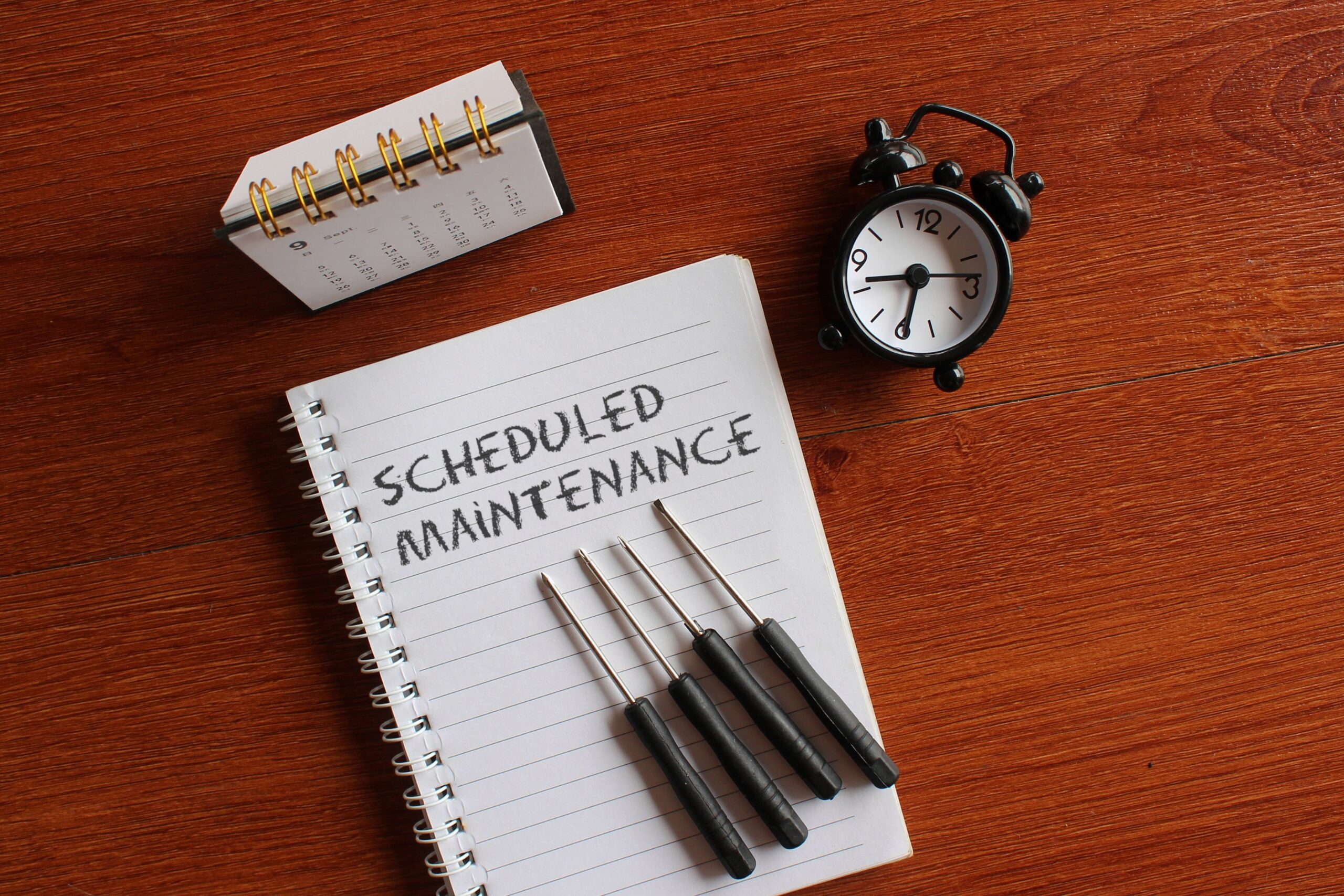When was the last time you had your property valued? Knowing your rebuilding cost and ensuring your property’s insurance is aligned, will help you avoid the risk of underinsurance.
Australia’s most experienced specialist strata insurance broker, Body Corporate Brokers (BCB) discuss the importance of knowing your rebuilding cost, getting regular insurance valuations, and making sure your insurance covers your needs.
3 reasons to get a regular insurance valuation
An insurance valuation is often seen as a ‘grudge purchase’ – something that simply satisfies the relevant legislative requirements…similar to how an insurance policy is often viewed. However, But the importance of having a suitable insurance policy with adequate insurable limits, such as the building sum insured, should not be underestimated.
There are many benefits to getting a regular insurance valuation, it is recommended to obtain a valuation annually or every three years at most.
Be compliant. All strata schemes must have an insurance policy that meets State or Territory laws, and in some jurisdictions a minimum period of five years is prescribed for a valuation to be conducted by a registered Certified Practising Valuer or Quantity Surveyor. In other cases, owners are simply required to be insured for full replacement value which is a far more onerous position.
Avoid underinsurance. Raw material costs are soaring and in short supply, and services are in high demand, so there is always a risk your current sum insured will not be enough. An insurance valuation helps manage the risk of underinsurance and ensures your sum insured keeps pace with market changes.
Seek clarity. If there is a dispute, liability can be complicated and expensive. Be clear about whose responsibility it is to fund any shortfall – the owner, the owners’ corporation, or the valuer?
Replacement vs Market value
The true replacement value for rebuilding your property is not the same as its real-estate-based market value. It is the cost to replace the entire building if an insurable event occurs and results in a total loss. The replacement value should include additional items such as demolition costs, fees for architects and surveyors, and council permits. It also needs to consider construction costs, which have recently soared due to global supply chain issues affecting material exports. This has led to short supply, high demand, increased costs, and delays to project completion.
Therefore, the cost to make a building fit for re-occupancy is generally considerably different to the value in the market to a prospective buyer and based on different criteria.
A job for the professionals
A building valuation focuses on the cost of building replacement, not the current market value. A valuer assesses the cost to replace the building as new using their knowledge of the industry and construction guidelines.
There are generally two ways to value a building.
- Measure the floor area of the whole building and multiply it by one rate per square metre. It is simple but not overly accurate.
- Categorise different areas of the building (e.g., hallways, bathrooms, external gardens) and multiply each at a rate based on its level of finish, typical use, and construction materials.
How much insurance cover do you need?
It is important to understand that an insurance valuation is an estimate. The actual cost of reinstatement is not known until reinstatement is completed. For example, if the spot price of steel fluctuates, the reinstatement cost of the building could change dramatically given the amount of steel used in modern construction. These types of fluctuations are not possible to accurately estimate, so even a diligent owners’ corporation could find themselves with a sum insured that is well short of the actual reinstatement cost.
Here are some further reasons to make sure you have adequate insurance cover.
Insurance against risks
Natural disasters like bushfires, earthquakes and floods are unfortunately very common in Australia and cause an unprecedented amount of damage that can be costly for an owners’ corporation if you are not insured.
Cover the cost of building materials and trade skills
Changes in building costs typically do not keep in line with inflation and can easily lead to underinsurance.
Replacing bespoke design features
Buildings vary in their construction. The cost to replace open balconies compared to common hallways, or lifts rather than stairs, makes a significant difference to the valuation.
Adherence to building codes
Regardless of when a property was originally built, any changes or rebuilds must meet current building standards, which may cost more.
We suggest you speak to an experienced broker to ensure you have the most appropriate insurance cover for your circumstance.
How insurers use indexing
In the absence of receiving an updated insurance valuation, your insurer will review the current sum insured and typically offer a standard percentage increase to allow for fluctuating construction costs and inflation or they may have an inflationary indexation apply through the policy term. So, when reviewing your renewal options, always consider what level of increase would be appropriate and if unsure question the basis for an increase and seek advice.
Over time, these annual index increases can see the sum insured amount rise substantially, so we suggest you keep an eye on it, and if you are unsure about something, never be afraid to ask.
Regular valuations help premium levels
For most owners’ corporations, the cost of building insurance is the most expensive item in the budget every year and there may be a temptation to postpone an updated valuation.
In a market where premiums are rising and look set to do so for some time to come due to major catastrophes and rising costs, keeping your building insurance valuation up to date is important. It reassures underwriters they are getting adequate premiums to fund their losses and avoids additional rate rises to compensate for perceived underinsurance. What is more, an underinsured property that suffers a major loss will put owners at risk of jointly and severally sharing in any shortfall between the sum insured and actual cost of reinstatement of the damaged property.
For assistance with specialist strata and community insurance contact Body Corporate Brokers (BCB). To discuss your property’s strata management needs or receive a FREE management proposal contact our friendly team. We also offer more helpful resources and community living news in our FREE newsletter.



